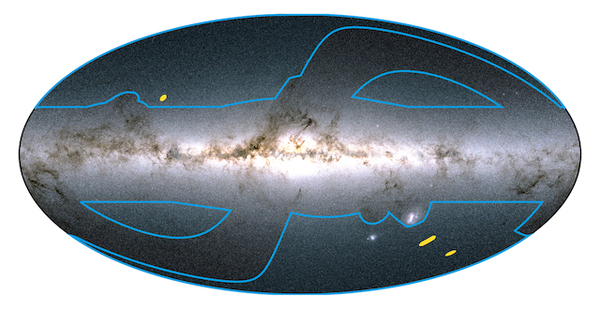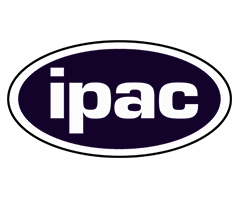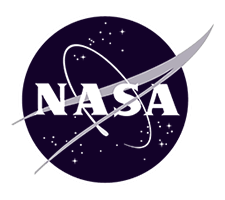Joint Survey Processing (JSP) is an initiative that plans to combine calibrated pixel level data from Rubin, Euclid, and Roman to generate both single epoch and multi-epoch data products of high fidelity. This results in the highest precision multi-wavelength imaging and catalog products, which we are planning to conveniently serve through a common interactive user-interface to the community.
Why JSP? The Euclid, Vera C. Rubin Observatory, and the Nancy Grace Roman Space Telescope projects will undertake flagship optical/near-infrared surveys in the next decade by detecting billions of sources over thousands of square degrees. This enables a wide range of astrophysical and cosmological investigations. However, these data will be taken at different wavelengths, depths, and with different pixel resolution, seeing, and point spread functions (PSFs). Additionally, source confusion will be a significant issue in the ground-based data at the proposed depth. The combination of these datasets is therefore not straightforward and outside of the scope of the individual survey projects. The ultimate cosmological, astrophysical, and time-domain science yield from these missions will require joint survey processing at the pixel level.
What will JSP do? JSP is planning to combine future space and ground-based data at the pixel level, to generate both single epoch and multi-epoch data products (both imaging and catalogs) of high fidelity. This is done by 1) astrometrically aligning the imaging data, 2) generating accurate PSFs, and 3) minimizing the impact of source confusion and mis-matched isophotes, to provide consistent PSF-matched photometry, including photometric limits, across all the wavelength bands after accounting for the differences in spatial resolution between the datasets. The JSP scoping study has been led at IPAC, with support from NASA, DoE and NSF, and participation by the survey projects, NASA science centers, DoE laboratories and the community at large.







